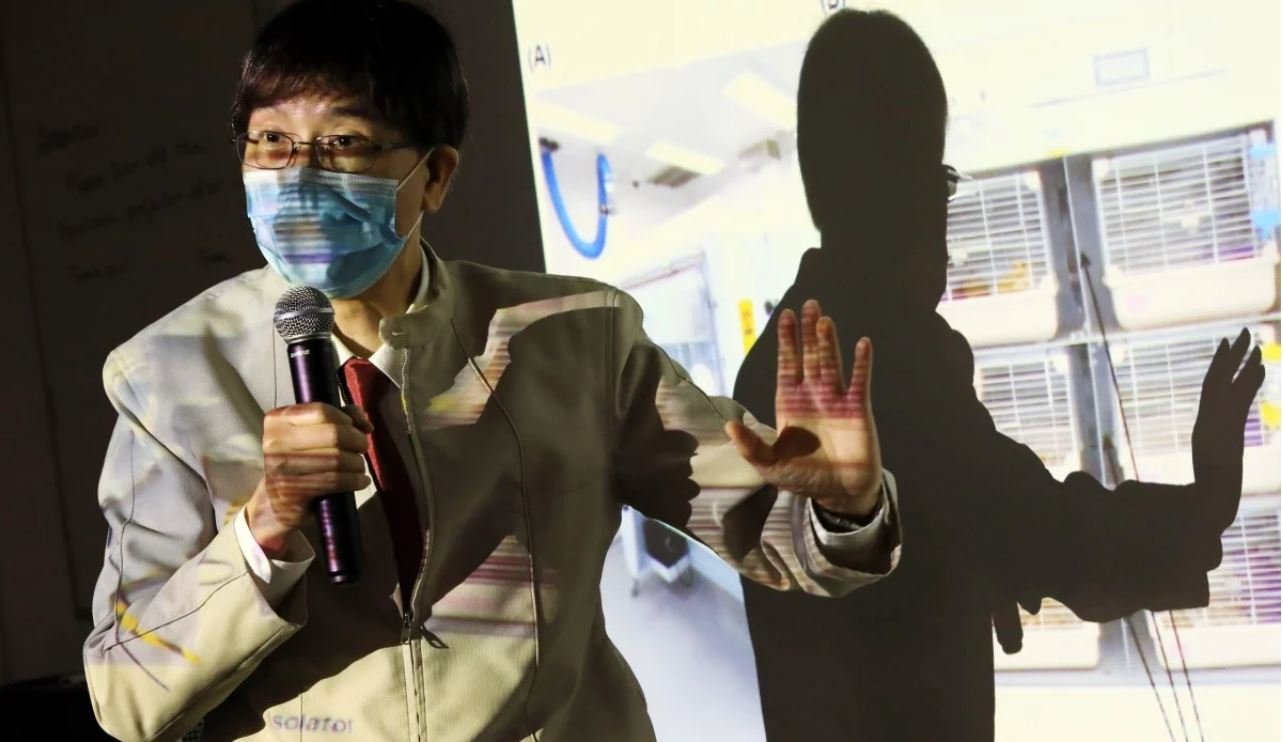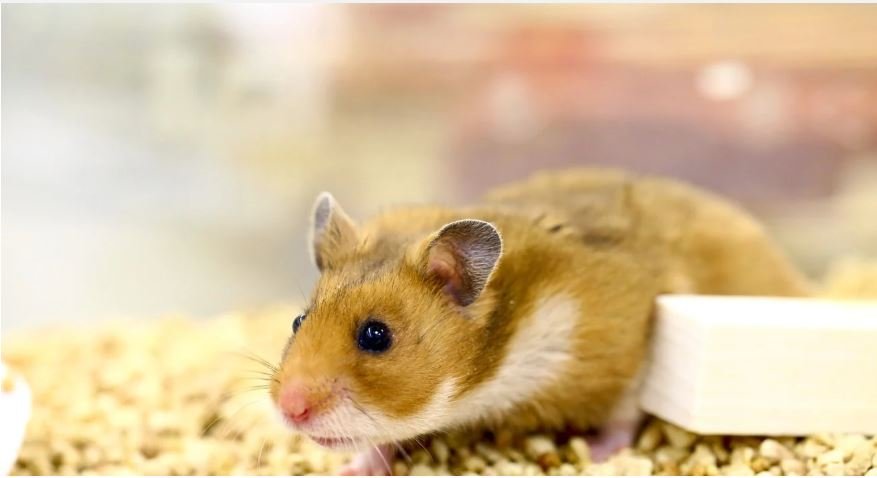- Hamsters placed in adjoining cages with infected subjects were infected at a 66.7 per cent rate; the introduction of a barrier saw the percentage drop to 16.7
- ‘It shows very clearly that if infected hamsters or humans … put on masks, they actually protect other people,’ HKU’s Dr Yuen Kwok-yung says
The study, which the team called the first of its kind, found the rate of non-contact transmission – in which the virus was transmitted via respiratory droplets or airborne particles – dropped by as much as 75 per cent when masks were present.
“The findings implied to the world and the public is that the effectiveness of mask-wearing against the coronavirus pandemic is huge,” Dr Yuen Kwok-yung of Hong Kong University said on Sunday, while cautioning a risk of infection remains even with masks.

The top microbiologist said the team carried out the study as the necessity of wearing masks, something he had long advocated, was being challenged worldwide, including by the World Health Organisation.
Fifty-two hamsters were used in the tests, which were carried out under three scenarios designed to replicate real-life situations: with mask barriers placed only on cages that held infected subjects; with partitions placed only on the uninfected side; and with no partition at all.
After seven days, 10 out of 15 healthy hamsters, or 66.7 per cent, placed in cages with no partition had become infected.
But when surgical mask barriers were placed on the infected hamsters’ side, only two of 12 subjects in the adjoining cage, or 16.7 per cent, tested positive for the coronavirus.
“In our hamster experiment, it shows very clearly that if infected hamsters or humans – especially asymptomatic or symptomatic ones – put on masks, they actually protect other people. That’s the strongest result we showed here,” Yuen said.
“Transmission [of the virus] can be reduced by 50 [percentage points] when surgical masks are used, especially when masks are worn by infected individuals,” he said.
The study also found that hamsters infected with Covid-19 via direct injection had more severe symptoms than those that contracted it through the mask partitions. The latter group experienced lower clinical scores, milder histopathological changes, and lower viral loads in respiratory tract tissues.
“Up to this stage, we do not have a safe and effective vaccine. What remains practical is still either social-distancing measures or wearing masks,” Yuen added.
He also said he had noticed the public becoming less cautious, with the percentage of Hongkongers wearing masks dipping from 97 per cent to less than 90 per cent in recent days.
Residents, he warned, should remain alert, particularly as the virus could have many “silent” transmitters.
“I know wearing masks will be difficult during the summer time. My advice is especially when you are in an indoor or closed environment where there’s no free air exchange, in crowded places or on public transport, you must wear a mask.”
The research team led by Yuen previously established the world’s first golden Syrian hamster model for Covid-19 in February, showing hamsters – which have enzyme receptors very similar to those in humans – could transmit the virus from one to another through direct or indirect contact.
Source: South China Morning Post
















